Electrode energy saving boilers
The recent trend is the ever-increasing price of energy. This encourages people to look for alternative ways to heat a home, characterized by increased efficiency, reliability and durability. This and many other requirements are fully met by the energy-saving heating electrical installation of EOU.
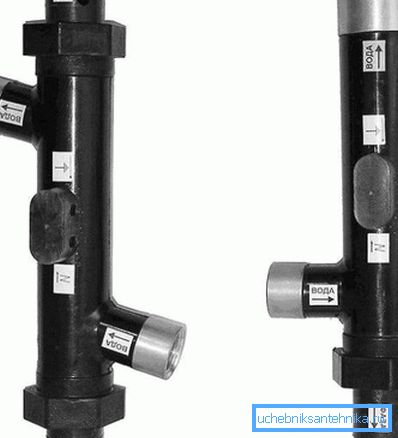
The vast majority of heating systems are in their design of various kinds of heat radiators. In contrast, the heating energy-saving installation is arranged quite differently, with a much simpler principle. The heat carrier, most often water, is heated by means of special electrodes.
What are the advantages of this equipment?
Energy-saving electric boilers for heating a home or city apartment appeared relatively recently and almost immediately gained great popularity. As mentioned earlier, there are many reasons for this, but first let's understand how this system works.
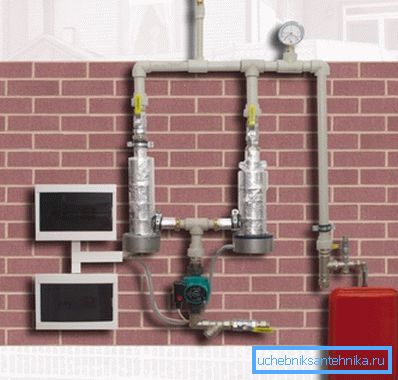
The principle of the equipment
The work of any installation of this kind is based on the movement of ions between two electrodes with different potential, in other words, between plus and minus.
As is known from the initial course of physics, any movement is inevitably accompanied by the release of a certain amount of thermal energy. It is due to this very heating that the energy-saving EOU heating installation works.
Depending on the power, electrical installations can be connected either via a single-phase 220V circuit or using a three-phase wiring of 380V. As a heat exchanger, in this case, the liquid directly circulating in the system acts.
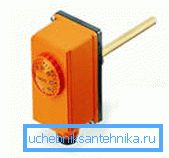
What is good installation
- The design of this equipment does not provide for a combustion chamber equipped with a heat exchanger.. To install the electrodes a lot of space is not required, as a result, the dimensions of the unit slightly exceed the diameter of the pipes used in the wiring system.
- Energy-saving heating electrical installation EOU, will work stably at almost any voltage. Sudden voltage drops for it are not terrible, by and large there is practically nothing to burn, so the installation of voltage regulators is not required for such installations.
- These boilers do not require a separate room.. The dimensions of the installation allow you to mount it in any room, which is especially convenient in city apartments or houses with a small square.
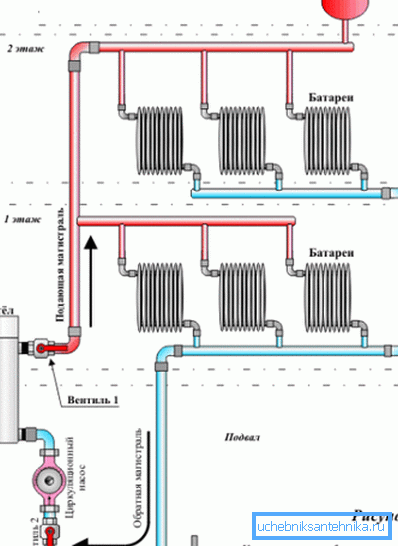
- Since electric energy is used for heating, the heating energy-saving installation does not require installation of additional ventilation in the room.
- If we talk about security, here it has one of the highest levels. If the installation instructions were completed correctly, there is nothing to fear. Since open fire or filament is not here.
- The operation of such a system does not require any special knowledge, it is simple and accessible to anyone.
- As for the installation of equipment and commissioning of the boiler, this work can be done by an average electrician with basic electrical engineering knowledge.. For this, he will need, in addition to keys, pliers and a screwdriver, the pump itself for pumping fluid into the system and an ammeter.
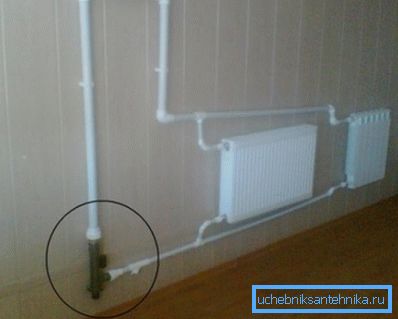
Important: the coolant in the system heats up sequentially. Moreover, the higher the temperature becomes, the less energy is expended. The main energy losses are observed at startup, then a minimum of electricity is used.
Lack of installations
- According to most experts, the heating energy-saving installation, works effectively only in small areas. Of course, in buildings with large squares such installations can be mounted a few, but in this case such equipment can hardly be called economical.
- Unlike bypass gas or solid fuel boilers, units of this type do not provide for the function of heating water for domestic needs. They are intended exclusively for heating.
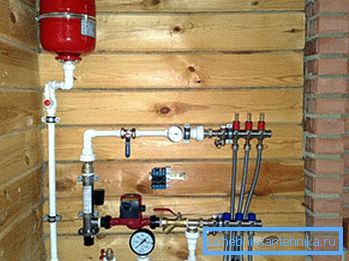
What to look for when choosing
During the selection of the installation, a number of factors affecting the normal operation of the equipment should be considered. First of all, the calculation of the design capacity of the unit. Classically considered to be heating every 10m? standard dwelling costs about 1 kW of energy on average.
For rooms with a total area of up to 200m ?, a single-phase electrical installation with an operating voltage of 220V is sufficient. According to the above requirements, the total power of the equipment must be at least 20 kW.
Tip: for the northern climatic zones or in case of insufficient level of insulation of buildings, the total power should be chosen with a small margin. So, for all the same 200m ?, a 24kW installation would be an ideal option.
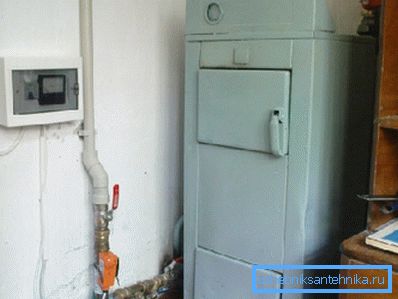
Any boiler must be equipped with, at a minimum, a system of protection against short circuit or sudden disconnection from the network, and a pressure gauge is also required, indicating the operating pressure in the system. Ideally, it is recommended to install a special unit that allows you to automatically control the temperature and other operating parameters. The price of such a control unit is not so high, so it is better to install it.
Energy-saving electric boilers for home heating, as a rule, have small dimensions. But with the growth of equipment power, although insignificantly, its dimensions still increase.
Powerful three-phase installations can be hung up on a wall or be established on a floor. The best way out here is to put such a unit in the closet.
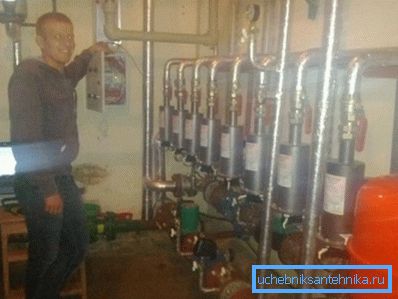
Permits
If we are talking about single-phase, standard electrical installations operating from the mains in 220V, then no documents are required. Even in passports, these units are listed as household appliances and are equated to conventional heaters.
As for the three-phase industrial or pilot plant with a voltage of 380V, here there are some subtleties. In most cases, no permission is also required here.
But in some regions of our country, at the local level, there may be certain standards. Therefore, we advise you to consult your local Energy Supervision Agency before installation.
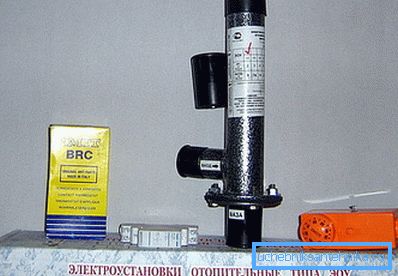
The video shows the advantages of energy-saving units.
Conclusion
Energy-efficient heating installation EOU is one of the best options for autonomous heating of city apartments. In private houses, especially with large square, these units are more used as auxiliary equipment (see also the article Electric heating: how to heat an apartment without the use of gas).
